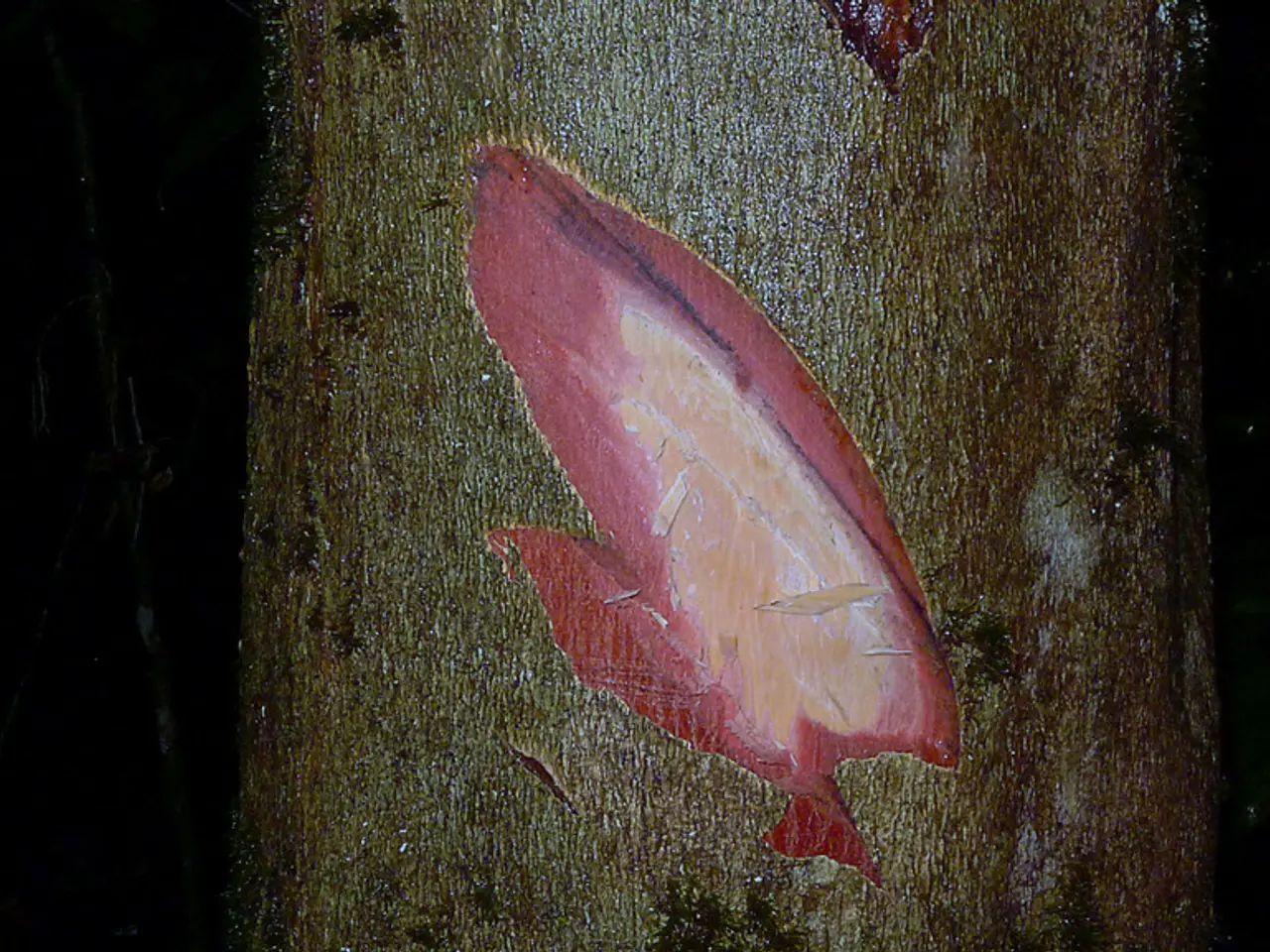Space-Grown Stem Cells Excite Doctors and Medical Researchers: Insights Explained
The International Space Station (ISS) has become a hub for groundbreaking research, with a significant focus on producing and studying adult (somatic) stem cells in microgravity environments. This research, which has shown promising results for disease prevention and treatment, particularly in age-related conditions, is set to revolutionise the field of regenerative medicine.
One of the key highlights of this research is the NASA's SpaceX Crew-11 mission, scheduled for July 2025. This mission aims to produce stem cells in space and study engineered tissues like liver tissue. Understanding how stem cells behave in microgravity could help improve therapies for aging-related tissue degeneration [1].
Moreover, studies on spermatogonial stem cells (a type of adult stem cell related to fertility) maintained on the ISS for six months showed that spaceflight did not increase DNA damage or apoptosis. These cells successfully produced healthy mouse offspring, indicating that adult stem cells retain function after space storage and microgravity exposure. This contributes to the preservation of germ cells for long-term human spaceflight and could inform age-related fertility treatments [2].
The ISS is also facilitating research on neural stem cells, revealing altered energy metabolism and increased cellular component breakdown in microgravity. These cellular adaptations may be crucial to developing therapies for cognitive decline and nervous system aging [5].
Another exciting development is the bioprinting of implantable medical devices using living cells in microgravity. This process generates higher-quality tissue scaffolds, potentially accelerating the development of treatments for nerve injuries and degenerative diseases common in aging populations [3][4].
The ISS National Laboratory, with its permanent microgravity environment, offers advantages for researching adult stem cells that are not available in Earth-based labs. The microgravity environment can reveal mechanisms in adult stem cells that can't be detected under normal gravity [6].
Since 2000, the ISS has hosted 280 astronauts from various countries, and experiments conducted on the ISS include stem cell research [7]. The positive results from space-grown stem cells have given confidence to doctors and medical researchers that they can help treat age-related conditions like cancer, neurodegenerative diseases, and stroke [8].
This ongoing research pipeline, which combines cell biology, regenerative medicine, and biofabrication, is set to generate translational therapies for both space exploration and terrestrial aging diseases. The ISS continues to provide a unique opportunity to study adult stem cells in a microgravity environment, promising a future where age-related conditions may be treated more effectively.
References:
- NASA's SpaceX Crew-11 mission
- Space-grown stem cells retain function after space storage and microgravity exposure
- Bioprinting of implantable medical devices in microgravity
- Advancements in tissue engineering in microgravity
- Altered energy metabolism and increased cellular component breakdown in microgravity
- Revealing mechanisms in adult stem cells that can't be detected under normal gravity
- The ISS has been involved in numerous flight operations and celestial research
- The positive results from space-grown stem cells have given confidence to doctors and medical researchers
- The experiments on the International Space Station (ISS) focusing on producing and studying adult stem cells in microgravity environments are revolutionizing the field of regenerative medicine, with potential applications for treating age-related conditions like cancer, neurodegenerative diseases, and stroke.
- NASA's SpaceX Crew-11 mission, slated for launch in July 2025, aims to produce stem cells in space and study engineered tissues, such as liver tissue, which could help improve therapies for aging-related tissue degeneration.
- Significant findings have emerged from studies on spermatogonial stem cells (a type of adult stem cell related to fertility) maintained on the ISS for six months, suggesting that these cells retain function after space storage and microgravity exposure, and could inform age-related fertility treatments.




